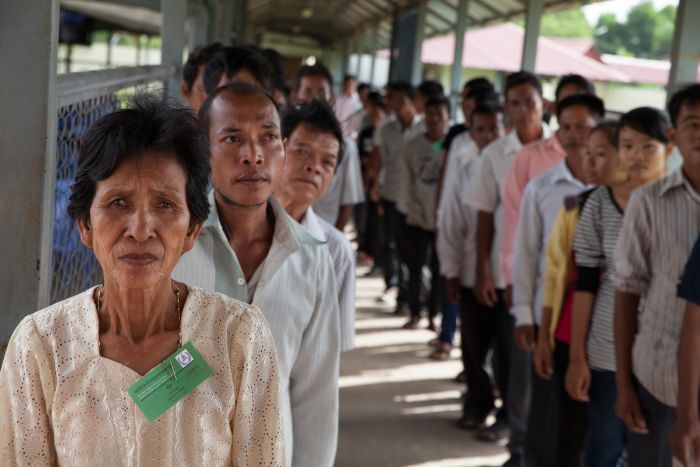Compiled as part of the Failure to Prevent initiative, these videos feature testimony from former leading officials and eyewitnesses to the genocide in Srebrenica.
-
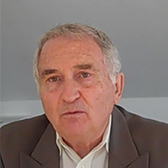
André Erdös, Hungary’s Permanent Representative to the United Nations
André Erdös discusses the degree of information that was available to the international community during the conflict in the former Yugoslavia, the lack of strategic interest in the country, and the inadequate understanding of the country and culture.
-
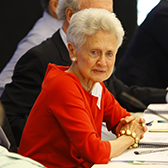
Jenonne Walker, Special Assistant to US President Bill Clinton
Jenonne Walker, who served as senior director for Europe on the National Security Council from 1993 to 1995, speaks about US foreign policy leading up to the genocide in Srebrenica.
-
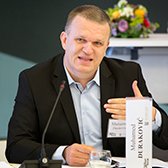
Muhamed Duraković, Survivor of the Srebrenica Genocide
Muhamed Duraković reflects on his reactions to the airdrops that delivered humanitarian aid and discusses the conditions in the Srebrenica “safe area.”
-
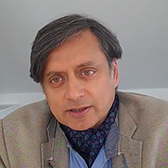
Shashi Tharoor, Special Assistant to the UN Under-Secretary-General for Peacekeeping Operations
Shashi Tharoor identifies contradictions in the concurrent international responses of both a neutral peacekeeping force and threats of military action in the former Yugoslavia; the components necessary for an effective and functioning peacekeeping mission; and factors that hindered international involvement in the former Yugoslavia.
-

Zlatko Lagumdžija, Deputy Prime Minister of Bosnia, 1992–93
Zlatko Lagumdžija speaks about the repercussions of neutral approaches to peacekeeping missions and emphasizes the need for greater attention to atrocity prevention and early warning systems.
-
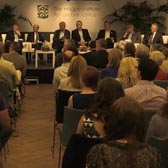
Public Panel
On July 1, 2015, after two days of closed sessions discussing the international decision making surrounding the 1995 genocide in Srebrenica, The Hague Institute for Global Justice and the Museum hosted a public panel featuring six participants from the conference.

